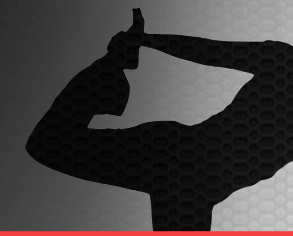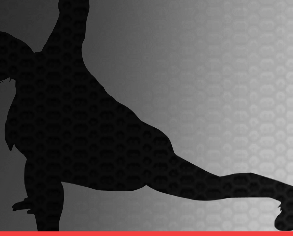MOVEMENT–THE CORNERSTONE
Falk’s approach to exercise is fundamentally different from any other. This issue is the basis, the foundation, of the approach. This is movement, everyday human movement. Movement means the way we perform physical activities, the way we sit and stand, and most importantly, the way we walk. Movement is the most revealing diagnostic tool. This means that both our strong and weak points come out in our movement. Stress may show itself in […]







